The issue of swaddling is always relevant. It is the correctly selected and formed diaper that ensures a calm sleep for the baby. Previously, the result of the procedure implied the restriction of the child's movements, as a result of which the baby did not wake himself up with sharp movements of his arms and legs. However, modern mothers have moved away from the "grandfather's" methods of swaddling, switching to a "cocoon".
Peculiarities
Recently, new mothers choose to sew a cocoon envelope for newborns with their own hands or buy a new model in a store for two reasons:
- The swaddling process becomes much easier.
- The child's well-being in a diaper is marked by increased comfort and warmth.
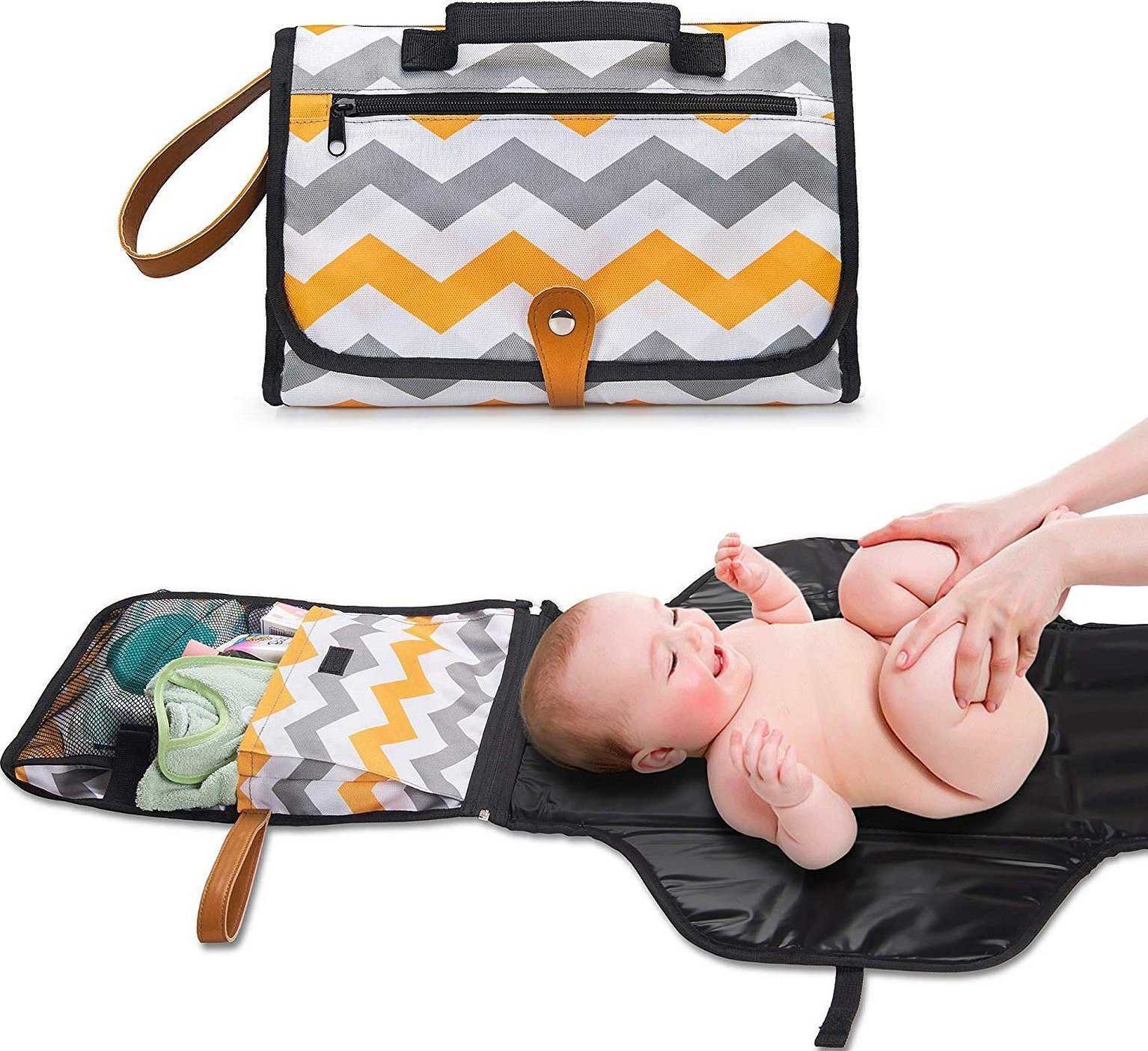
This is because the materials used and the folding structure resemble a mother's tummy. Therefore, the baby feels as comfortable and protected as possible without any constrained movements.
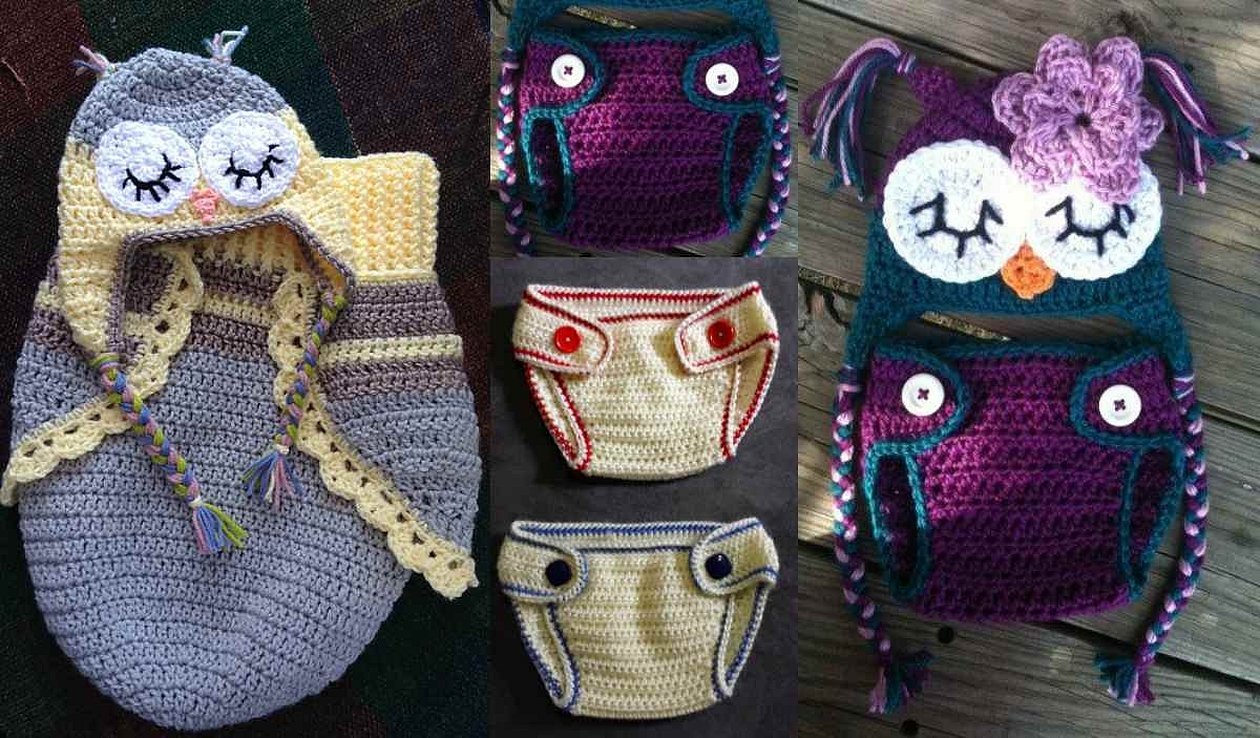
Important characteristics of the diaper include:
● the composition includes mainly natural and hypoallergenic fabrics (often cotton);
● easy to put on thanks to buttons, Velcro or zippers;
● the ability to select an individual “cocoon”.

The benefits of the things described are as follows:
● full coverage follows the shape of the child’s body;
● promotes a restful and long sleep by maintaining warmth and comfort inside;
● feeding facilities are provided;
● ensures correct posture, which stretches the spine and forms the correct skeleton;
● the number of colics and their duration decreases;
● can be used for sleeping during the day and at night, walking in the fresh air and even for swimming.
Important! Frequent and prolonged stay of the baby in the cocoon reduces muscle tone.
Requirements
Newborns and breastfed babies require special care, as babies have very delicate skin and an unformed body. The immune system is not able to cope with viruses and bacteria, and touch is perceived 10 times more delicately.

Therefore, before sewing, you need to pay attention to several points:
- The seams are placed on the front side of the diaper.
- No protruding threads. Any loose thread, when stretched, can easily scratch or even cut the delicate skin.
- The textiles used are made exclusively from natural elements.
- No decorative details.
Attention! If you are using a cocoon swaddle for newborns (pattern with a zipper), it is important to consider the location of the zipper - the hard part of the fastener causes discomfort to the baby, so it is better to sew it on the front part.
If you take into account all the previously mentioned points, you can remain confident in the safety and comfort of your child.
Selection of materials
To make a choice, it is better to analyze all the options by individual criteria. By the type of fabric itself:
● chintz is a cotton material with the simplest plain weave. Density ranges from 80 to 100 g/m;
● flannel - cotton, wool or semi-woolen fabric with plain or twill weave. Density 170-257 g/m;
● knitwear;
● muslin is a very fine plain weave fabric, most often made from cotton, wool, silk and linen;
● calico;
● marquisette.
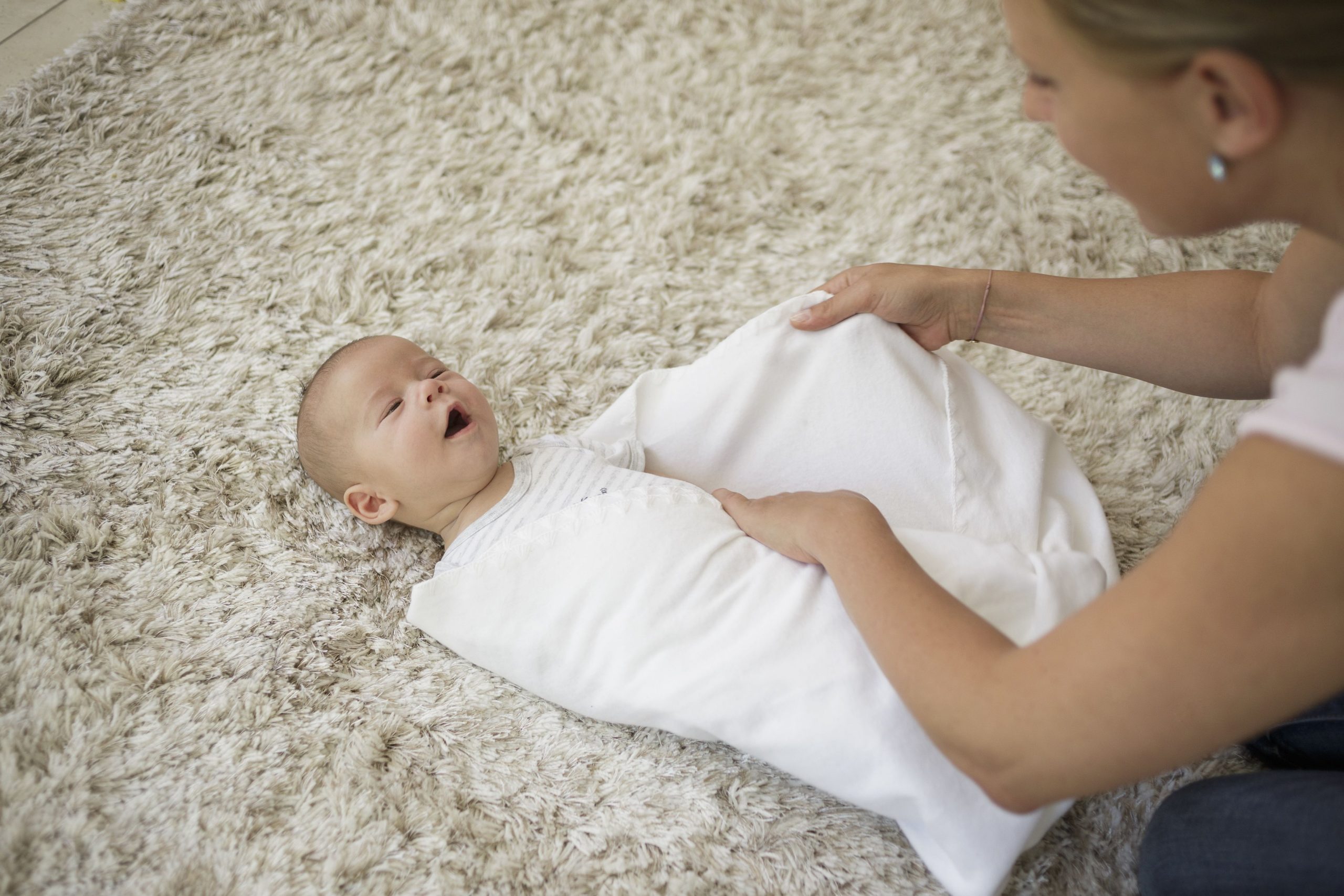
By fabric composition:
● 100% cotton;
● cotton + bamboo;
● 100% bamboo.
You can also sew baby diapers from jersey, batiste and footer.
Simple patterns
There are several elementary embodiments. The pattern of a cocoon diaper for newborns has a number of advantages:
● convenience;
● quick fastening and unfastening.
The base, in most cases, consists of knitwear with different densities, so it will suit different seasons. When buying, you need to pay attention to two things:
- Seams turned outward.
- Additional fabric protection for the zipper.
The best option! A diaper with a two-way zipper allows you to unzip the item from the neck or near the legs.
The cocoon with velcro or buttons is a kind of pocket, which is wrapped with two panels to fix the baby's position. The two panels seem to "embrace" the baby, being fixed with the help of the specified fasteners.
Envelope. Unlike the previously described diapers, this variety is equipped with "legs". Just like in the second version, the diaper is wrapped around the baby, fixed with fasteners - a kind of "safety belts".
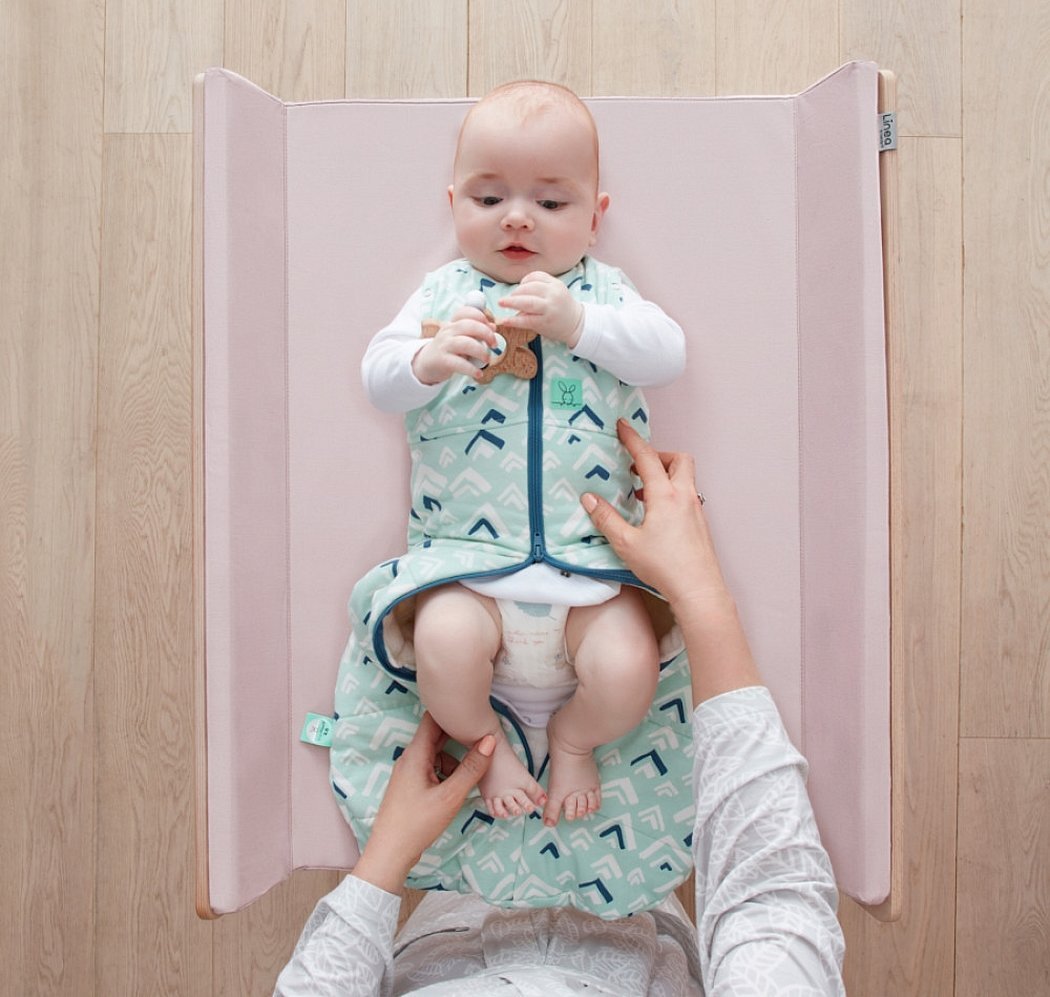
How to do it yourself
To sew a diaper with Velcro or fasteners, you need:
● fabric (it is better to choose according to the season);
● Velcro;
● meter;
● scissors;
● pins;
● threads.
To avoid playing with sketches and drawings, you can simply print out ready-made templates. Now you need to follow the step-by-step master class:
- Draw a pattern of the required dimensions.
- Cut out two identical elements, sewing the parts together from the inside. Be sure to leave the largest opening at the bottom.
- Trim edges at folds, corners and other sharp parts.
- Turn the product inside out.
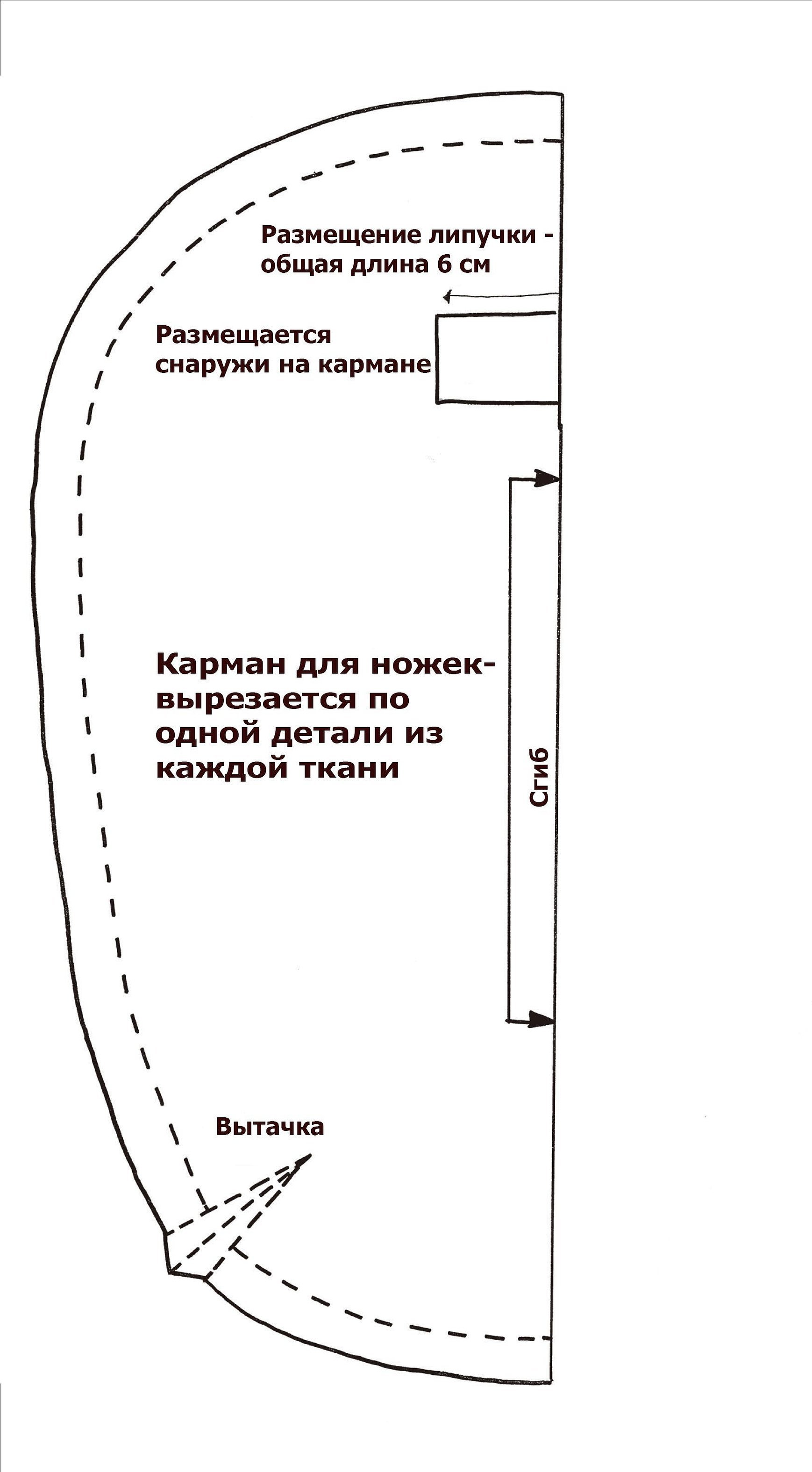
Also a very popular option with lightning. In this case you will need:
● textiles;
● lock;
● awl;
● threads and interlining.
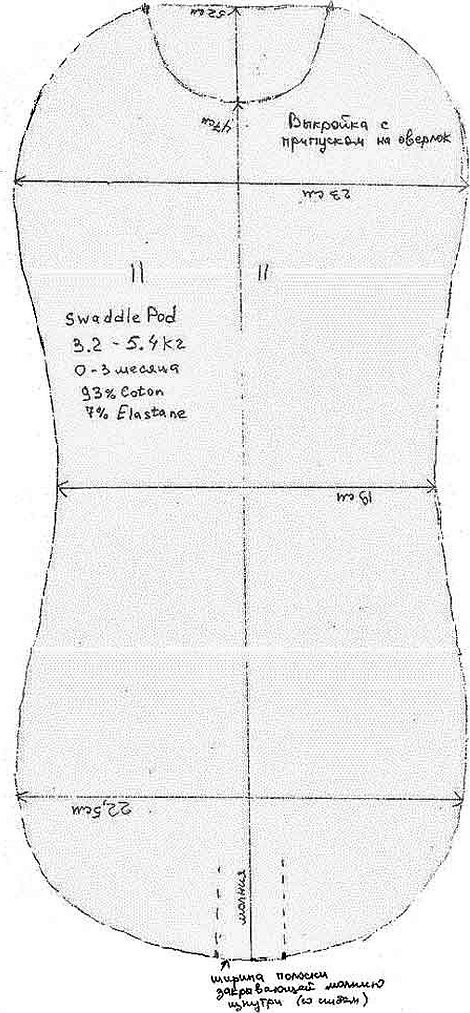
The process itself includes the following stages:
- The pattern is prepared. The important elements are cut out according to the received template. The back with two stripes is cut out. The diaper-lining should be made of 100% cotton.
- The edges are processed using a zigzag or overlock stitch.
- In the place reserved for the zipper, the interlining is glued (to maintain the shape) and the edges are stitched. A lock is sewn in
Interesting! An overlock is a device for overcasting fabric edges when making all kinds of wardrobe items.
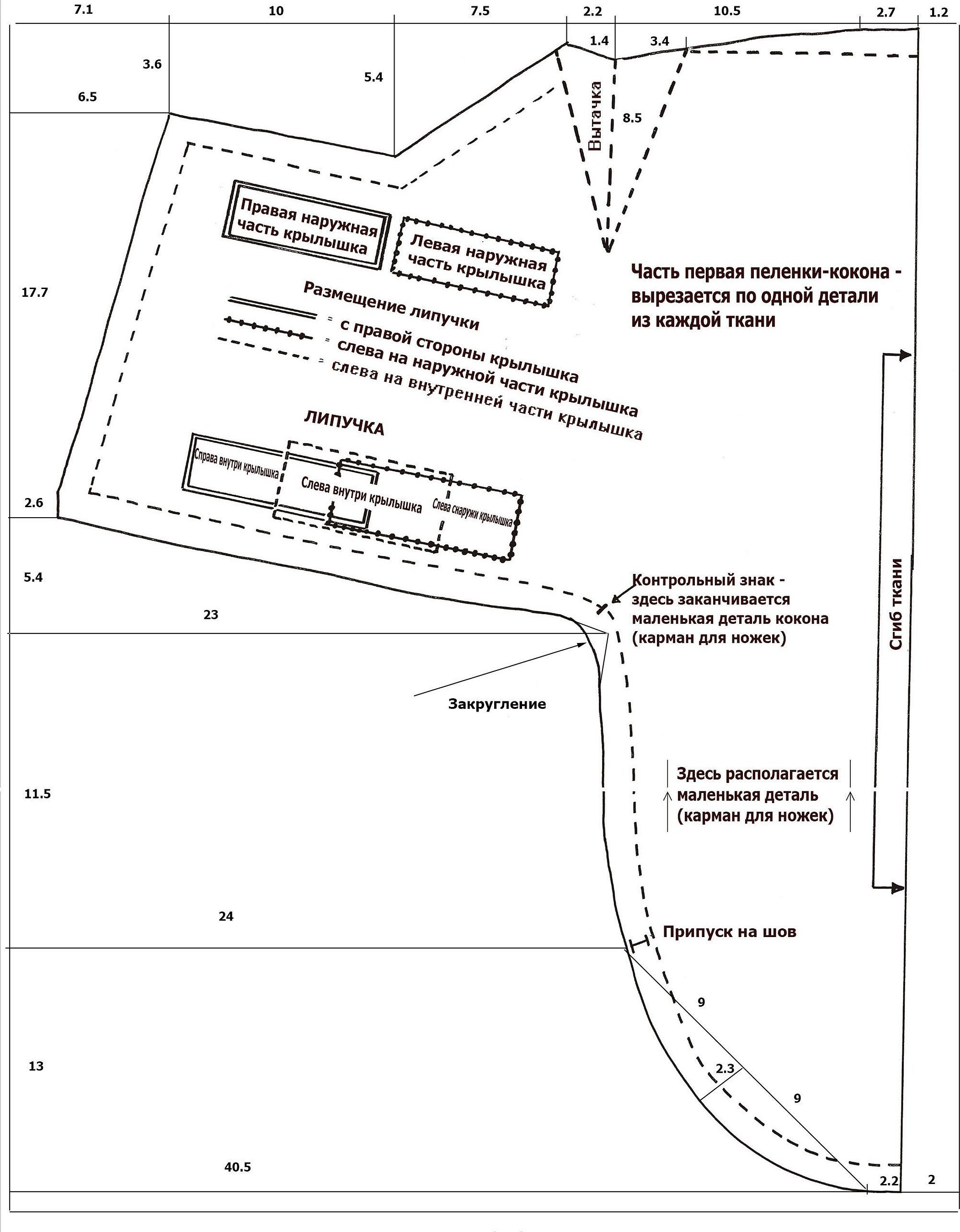
If desired, you can sew a hood to this product, as shown in the photo example.
How to sew a waterproof layer to a diaper
It's very simple if you follow the step-by-step guide. First, you need to prepare waterproof fabric and bias tape. Now the following steps follow:
- Stop at the moment of processing the edges. Cut out a piece from the prepared material that will completely correspond to the dimensions of the future diaper.
- Sew the two elements together with the wrong sides facing in.
- Finish the corners with bias tape.
- Turn the product inside out, processing the seams and edges.
- Iron the diaper.

How to swaddle a baby correctly
First, you need to spread the diaper on the changing area (any place where it will be convenient to do the process). The baby needs to be carefully placed in the very center, with the head slightly above the fabric.
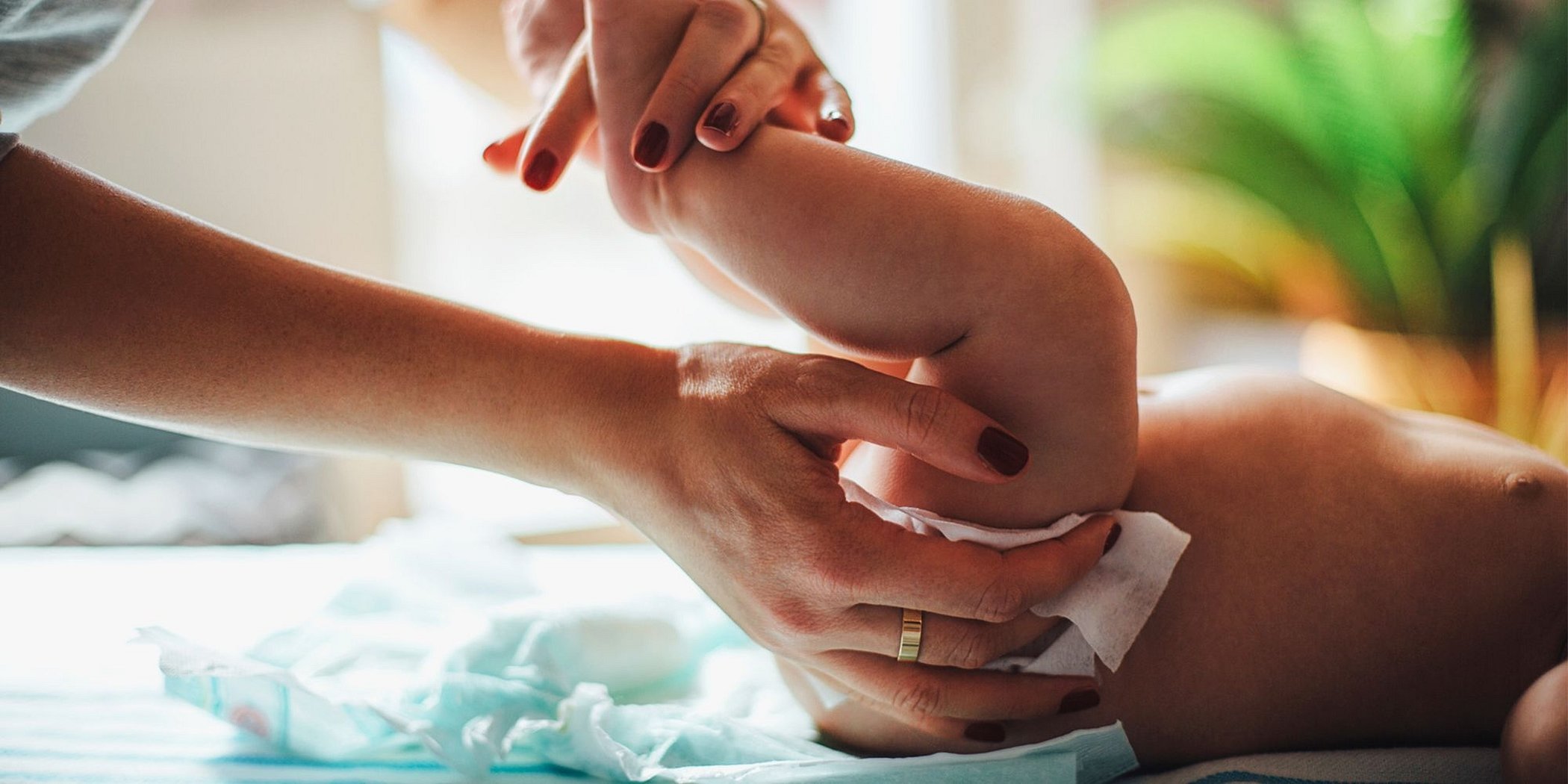
Now the baby's right hand is pressed against the body, the right edge is folded diagonally. The same manipulation is done with the left arm. The edges should go behind the back.
The same actions are performed with the remaining "tail". All corners are fixed in a mini-pocket.
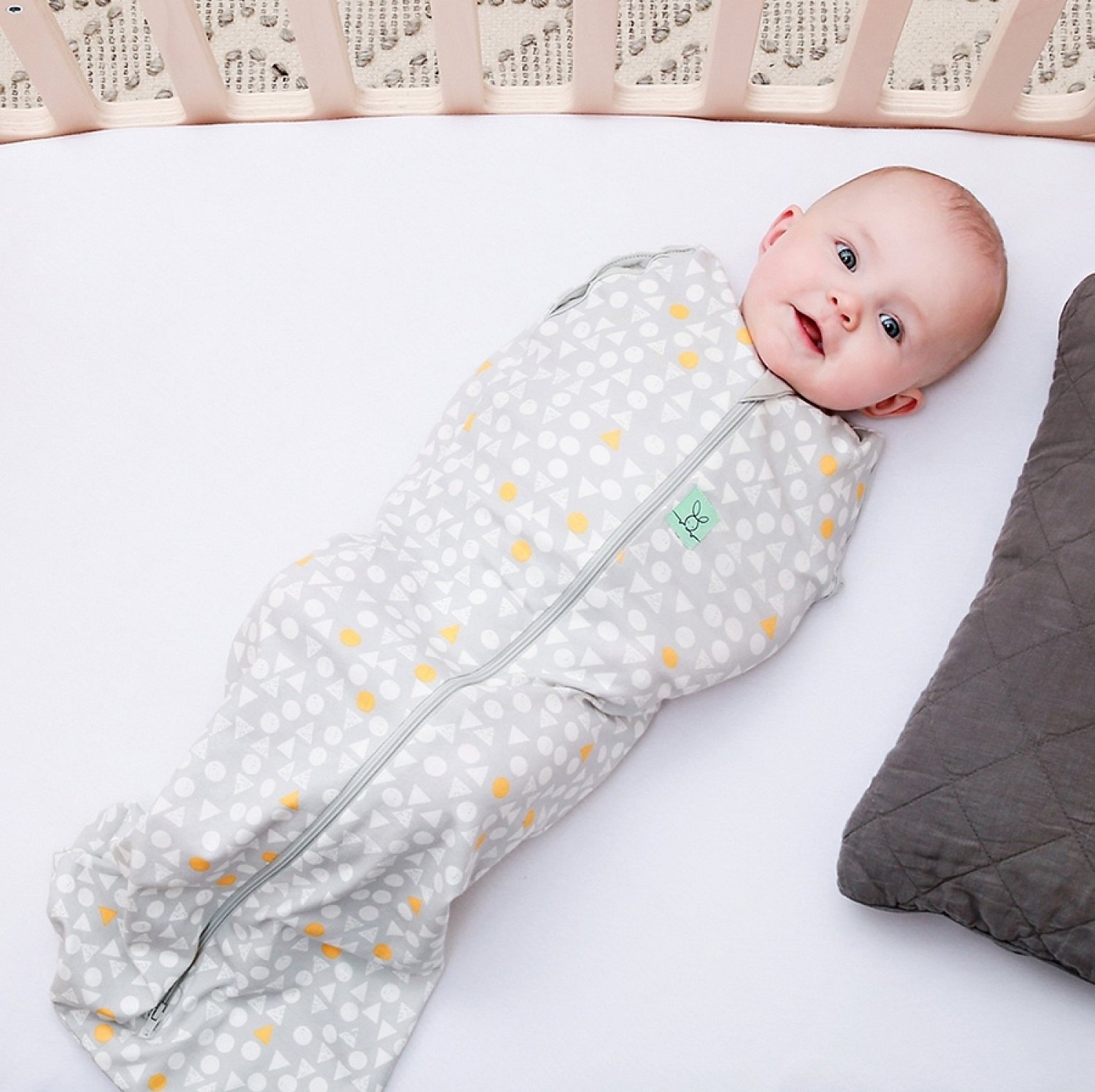
The first time it will be a little difficult, but after a few “training sessions” the process itself will become a habit and will be performed automatically.
The cocoon swaddle is very convenient to use for mothers and to wear for the baby. It is easy to make, and the sewing process will leave many warm memories of the thing created for the child with love by hand.




